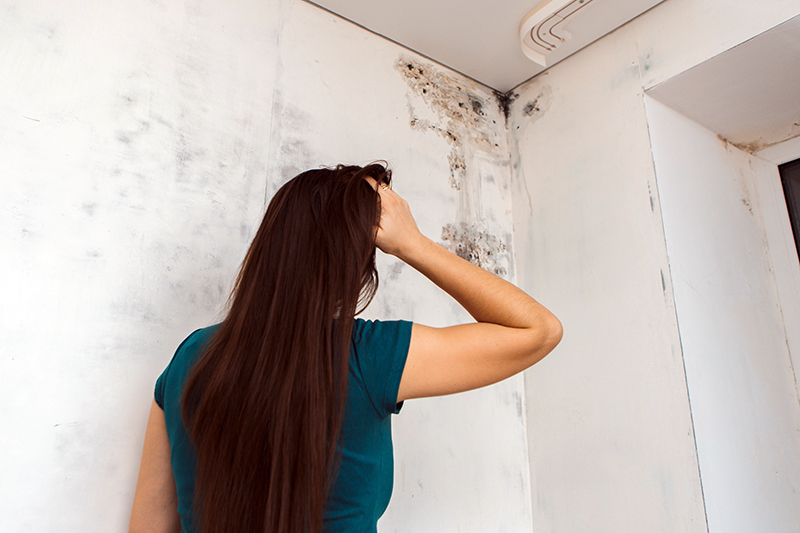
Those who have been exposed to toxic mold are well aware of the harm it presents. In fact, toxic mold exposure can be the basis for many types of legal actions. The presence of mold in the home or work environment can is harmful in numerous ways. For one, it can harm the human body. Secondly, it can result in expensive property damage that devalues the worth of real estate. As such, the applicable legal causes of action will involve property damage and personal injury issues.
What is Toxic Mold?
The presence of mold in today’s buildings is becoming increasingly more common. This is due to poor construction techniques, improper insulation and the architecture of modern buildings. Although mold is present all over the outside world it only really becomes a problem when it is trapped in a home or office. In this environment the mold’s toxic element has the opportunity to come into close contact with the human body.
Mold generally enters a structure through the air or as a passenger on an animal or person. It tends to grow with the help of heat and humidity. Mold will attach to wet areas caused by leaking pipes or roofs. It can also grow on a variety of building surfaces. Since most buildings are now made to be airtight for energy efficiency the mold finds the perfect growing spot in today’s structures.
There are hundreds of thousands of different mold types. One of the most commonly known dangerous varieties is “black mold.” However, some molds are perfectly harmless. Either way, mold infestation is discoverable through the discoloration of interior surfaces (i.e. water stains) and the infamous dank, musty odor. If these conditions are present, mold is also likely to be present.
Mold can cause varying physical effects in the human body. Flu-like illnesses, respiratory problems, headaches and skin irritation are common symptoms. The toxins and organic compounds produced by mold is the culprit of illness. In the end, it can be difficult to distinguish a toxic mold from a harmless one. The utmost care should be taken with any mold as soon as it is discovered.
Legal Rights in Toxic Mold Exposure Cases
Toxic mold lawsuits are usually based on the legal theory of negligence. Under this theory, the victim sues the defendant for failing to use reasonable care in discovering and correcting the infestation. A real estate lawyer might also initiate a case based on the failure to disclose of the harmful condition. This would usually be filed against the former property owner who knew of the presence of this harmful substance. Finally, a mold infestation may be cause for a construction contract case on the theory of breach of warranty. In such a case the plaintiff will need to show that the mold resulted from shoddy construction work by the building company.
What Kind of Damages are Available?
A verifiable case of mold exposure can make the property owner, contractor or materials manufacturer liable for several types of damages. The first category of damages concerns medical expenses. These damages would include the expenses associated with the diagnosis and treatment of exposure. It may be possible to receive compensation for both present and future expenses.
Second, damages may be available to cover the costs of the property damage. In some cases merely cleaning and removing the mold will not be enough. A mold infestation can take a devastating toll on the structure of a building. Some homes need to be totally retrofitted to remove the infestation. As such, the total clean-up bill can become extremely expensive. A real estate lawyer can assist in assessing the true nature of the damage.
If you believe you are suffering from a mold exposure illness you should contact an attorney right away. These cases require immediate attention to be successful. You can benefit from the timely advice of an experienced attorney.